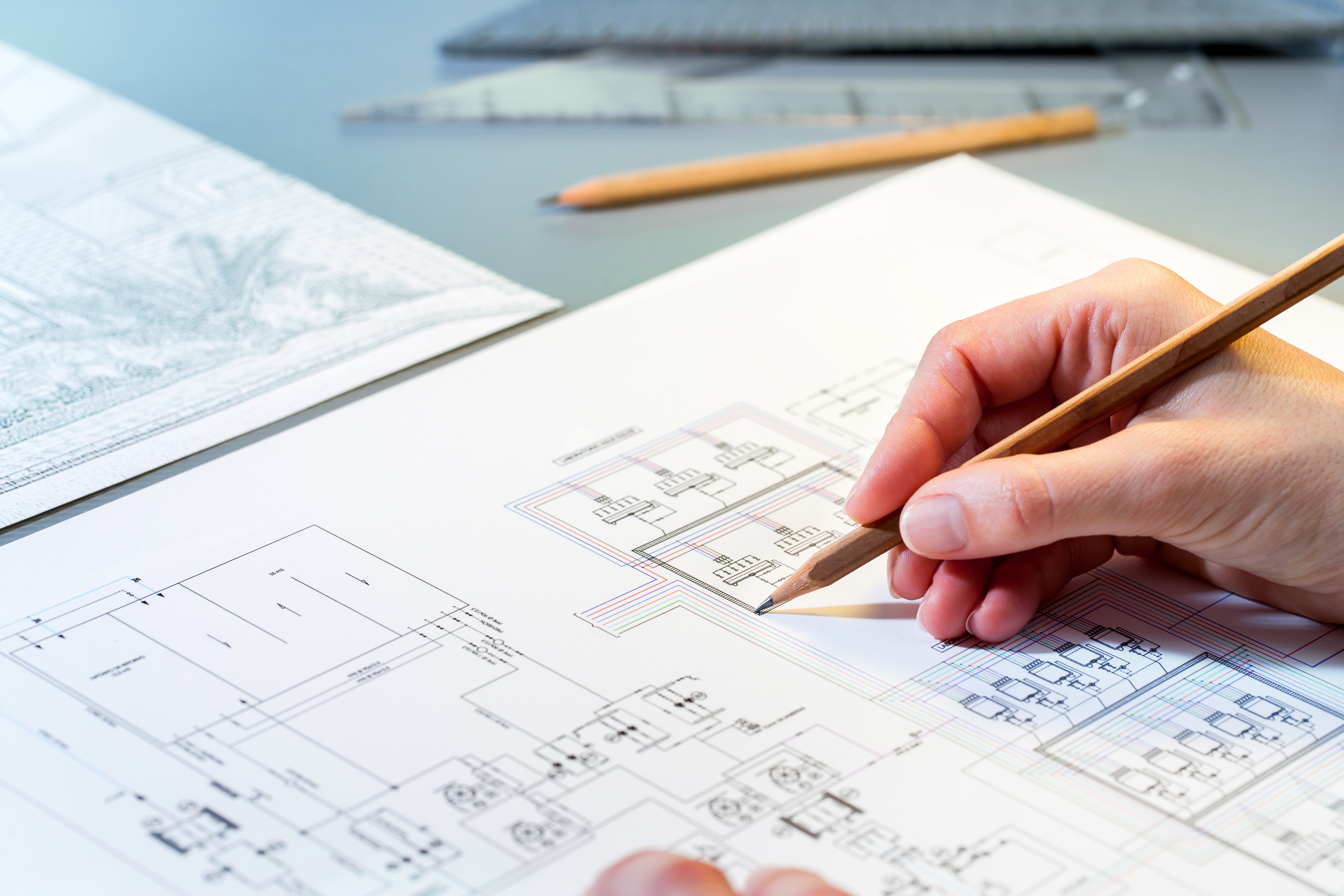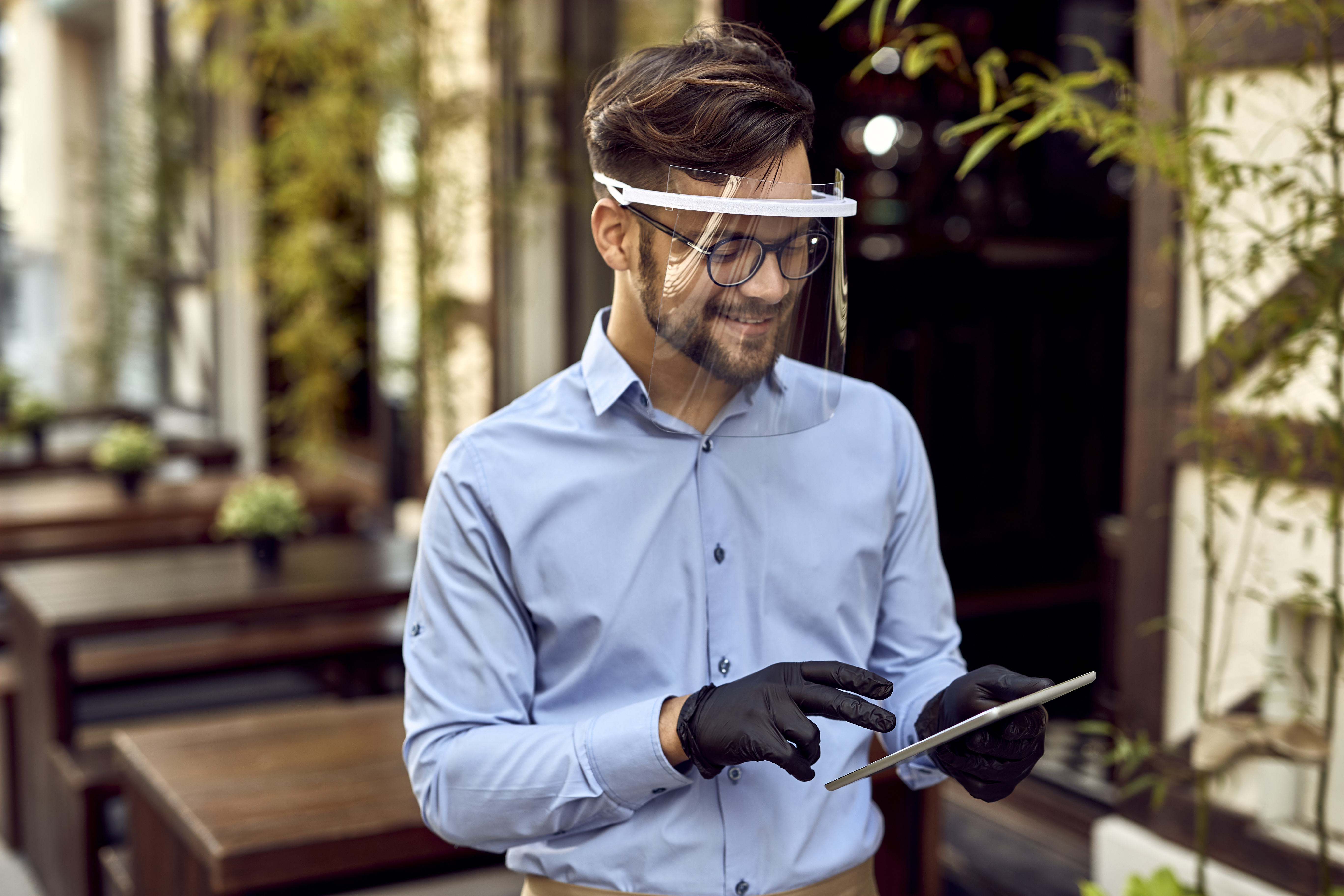COVID-19 has affected all aspects of our lives, yet in some parts of the world we are starting to see some green shoots of ‘normality’ returning.
There’s plenty of advice out there for hospitality and foodservice operators to follow with regards to re-opening operations in a safe manner. Guidance on customer density, social distancing requirements, one-way traffic systems, hand sanitizing stations, cleaning routines, personal protective equipment, food preparation and ordering and payment systems is plentiful.
With customer density and social distancing being important measures to control, we’ve put together some top tips on how operators can use their furniture and marketing to maximize covers and customer safety.
Survey Your Premises
Firstly, consider making a map of your premises and surrounding areas. Identify potential new spaces to serve your customers and look at how the customers would flow throughout (i.e. travel to the restrooms, order, checkout) your establishment.

Decide which areas are suitable for use:
- Which areas could be repurposed as say a dining area or function area?
- Are your internal areas too dense?
- Do you need to remove tables and chairs to enable social distancing?
- Can these be positioned in external areas such as the pavement, square, terrace, patio or deck?
- Do you require so much parking space or can some of this be utilized for serving customers?
With new areas identified - consider the customer experience:
- Are these areas open to the elements?
- Is it noisy?
- Are the surfaces uneven?
- Are shelters, umbrellas, portable heaters and or hygiene screens required?
Now that you know how many customers you can accommodate safely and have a plan of where you would accommodate them (socially distanced of course), create an asset register of your furniture:

- How many chairs and tables do you have?
- Are they suitable and safe for use?
- Are they all portable?
- Which ones can be used indoors or out?
- Are they heavy or light?
- Can they be easily stored after service?
- Is the furniture in good working order or in need of repair?
Reallocate Your Furniture
Using your plan and asset register, redistribute the furniture accordingly considering social distancing, group sizes and the furniture that you have.

Remember, for outdoor areas aluminum (particularly stackable) furniture is ideal. It’s generally lightweight and resistant to weathering – this means that in most cases your staff can adjust the layout quickly. Our SX26 table bases are ideal for outdoor use and stackable for easy storage after use. Other materials that can often be used outdoors include wood (so long as it’s treated for outdoor use), stainless steel, rattan and plastic.
For indoor areas, we’d recommend using cast iron tables – they're often more cost effective.
At some point, you may need to decide if you want to use your existing furniture or buy new. This may depend on how and where you want to use your furniture and its condition.
Eliminate Problems
Regardless of whether you retain your existing tables or require new ones, it’s likely that the new areas that your customers are going to occupy will have some uneven surfaces. These surfaces make the tables difficult to align smoothly and also create annoying wobbly tables. This can take away from all the hard work you have put in to welcoming your customers back and cause your staff nightmares (re)setting up tables.
Thankfully, FLAT has been manufacturing solutions for this age-old problem for years. FLAT Table Bases automatically stabilize and are available in a range of styles and sizes for indoor or outdoor purposes.
If you’re looking to reposition your existing tables then consider adding FLAT Equalizers. Equalizers replace a table’s existing screw-in feet and stabilize it with a press on the table top.
Both products could also help reduce the transmission of bacteria and other nasties, as the wait staff no longer need to adjust the table feet and come in to contact with the dirt and bacteria they can pick up off floor surfaces.
Communicate
Once your furniture is in place, don’t forget to make it clear to your staff and customers what they need to do i.e. What are the new table numbers? How do customers order? Should everyone follow arrows or signs to use the washroom? Should customers queue at the bar area or is it table service? How do they pay? Do staff need to wear additional PPE or sanitise at certain intervals?
Finally, when you’re satisfied that you’re ready for reopening, let folks know!
Depending on your budget you can achieve this in different ways from placing an eye-catching banner outside, updating your website and Google Business Listing, emailing your customers with a newsletter and drinks coupon, posting messages on social media to running a social media advertising campaign. Including an offer in your communications can be a great way to bring in custom.

Finally, take advise from your regulator or the industry lead in your country to ensure that you’re up to date with all the latest recommendations.
We wish you all the best with your reopening!
